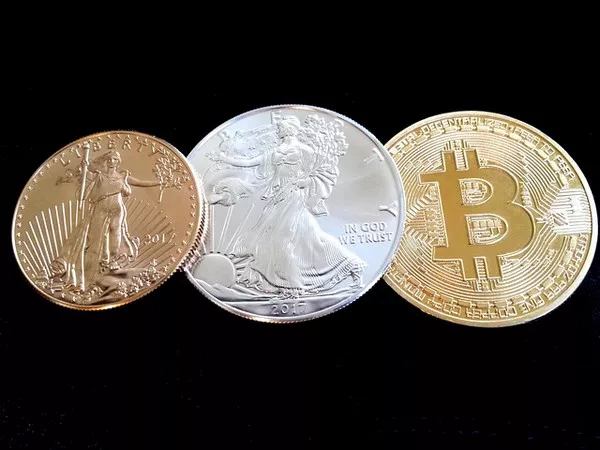Sterling silver, prized for its beauty and versatility, has been cherished for centuries in jewelry, silverware, and various decorative items. While its allure lies in its lustrous appearance and durability, the journey of sterling silver from its origins in the earth to the skilled hands of artisans is a fascinating one. Understanding where sterling silver is found and mined is crucial for appreciating its value and significance in the world of precious metals.
Origins of Sterling Silver:
Sterling silver, often referred to simply as “silver,” is a precious metal cherished for its white luster and malleability. It is an alloy composed of 92.5% silver and 7.5% other metals, usually copper, which enhances its strength and durability. The term “sterling” originated in 12th-century England when a standard for the purity of silver was established to prevent fraud and ensure quality in the production of silver coins.
Where is Sterling Silver Found?
Silver, in its pure form, is a relatively rare metal found in the Earth’s crust. It occurs naturally in various geological formations, often in combination with other minerals such as ores of lead, copper, and zinc. Unlike gold, which is frequently found in concentrated deposits, silver tends to be dispersed widely, making its extraction more challenging and less economically viable in some regions.
Primary Silver Deposits:
Primary silver deposits are those where silver is the primary commodity mined. These deposits typically occur in association with other minerals in veins, often within igneous or metamorphic rock formations. Examples of primary silver mines include the Fresnillo mine in Mexico, Cerro Rico in Bolivia, and the Cannington mine in Australia. These deposits often require significant investment and advanced mining techniques to extract silver efficiently.
Silver as a Byproduct:
The majority of the world’s silver production comes as a byproduct of mining other metals such as lead, zinc, and copper. When these metals are extracted from their ores, silver is often present in significant quantities as a secondary product. This occurs in mines worldwide, including those in Peru, China, and the United States. The extraction of silver as a byproduct helps offset production costs and contributes to the overall supply of this precious metal.
Historical Significance of Sterling Silver Mining:
The mining of silver has a rich historical significance dating back thousands of years. Ancient civilizations such as the Greeks, Romans, and Egyptians valued silver for its beauty and monetary worth. The discovery of vast silver deposits in the Americas during the Spanish conquest played a pivotal role in shaping global trade and economies during the colonial era. Today, the legacy of sterling silver mining continues to be intertwined with human history and culture.
Modern Mining Practices:
Modern mining techniques have revolutionized the extraction of silver, making it more efficient, safer, and environmentally sustainable. Advances in technology, such as geological surveying, remote sensing, and ore processing, have enabled miners to locate and extract silver from increasingly challenging deposits. Furthermore, stringent environmental regulations and corporate social responsibility initiatives have led to the adoption of eco-friendly practices in the mining industry.
Challenges and Environmental Concerns:
Despite technological advancements, the mining of silver poses various challenges and environmental concerns. Large-scale mining operations can have significant impacts on local ecosystems, including habitat destruction, water pollution, and soil erosion. Additionally, the use of toxic chemicals such as cyanide in the extraction process raises concerns about water contamination and human health risks. Addressing these challenges requires a collaborative effort among governments, industry stakeholders, and environmental advocates to ensure responsible mining practices.
The Future of Sterling Silver Mining:
Looking ahead, the future of sterling silver mining is shaped by evolving trends in technology, sustainability, and global demand. Advances in exploration techniques, such as satellite imaging and artificial intelligence, hold promise for discovering new silver deposits and extending the lifespan of existing mines. Moreover, the growing demand for eco-friendly and ethically sourced metals has spurred initiatives to improve transparency and accountability in the supply chain.
Conclusion:
The journey of sterling silver from its origins in the earth to the hands of consumers is a testament to human ingenuity, perseverance, and creativity. Understanding where sterling silver is found and mined provides insight into its value, significance, and impact on society and the environment. As we continue to embrace technological innovation and sustainable practices, the future of sterling silver mining holds promise for meeting the demands of a rapidly evolving world while safeguarding precious resources for future generations.


